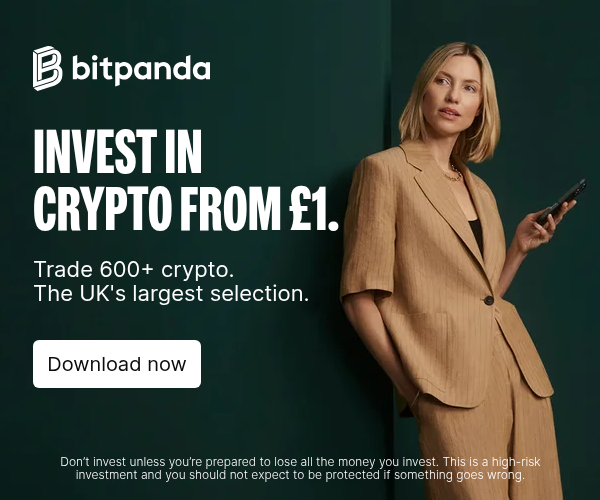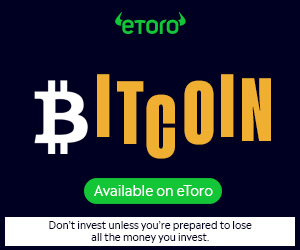
Howdy fellows! Today we are sitting down with Danny Dorito — A Core team member of Optix. Let's get into it.
Chris: Hi there! Thanks for being here. Optix is a Decentralized Options Exchange — can you explain what you guys offer in simple terms?
Danny: It’s an exchange that allows you to trade options on any digital asset.
Options are contracts that give the holder the right, but not the obligation, to buy or sell an underlying asset at a specified price before a certain date.
In simpler terms, options allow you to speculate on the future price of stocks, commodities, or crypto assets. If the price of the asset moves in the direction you predicted, you can make a profit. If it doesn't, you may lose your investment.
Options are popular in traditional markets as they provide benefits to many different types of users such as leverage, generating sustainable yield or buying downside/insurance for your portfolio.
Chris: How can users get real leverage with Optix?
Danny: Option sellers are similar to insurance companies. They collect a small amount of premium from everyone and occasionally they need to pay out a large sum.
An option seller provides the full collateral which is then made available to a buyer. When an option is purchased the full collateral amount is locked in the contract and used to pay the buyer if the option is profitable for them.
As an option buyer you are like the insurance buyer. You pay a small amount of premium and if a specific event occurs then you can receive a proportionally large payout.
As an option buyer the maximum you can lose is the premium you pay so options can provide enormous upside potential with only a small downside if you are wrong.
Chris: How simple is the interface, and as a result, the overall user experience?
Danny: Options are notorious for being very complex and confusing. There is some important information such as the expiry date and strike price for the option. This is usually displayed in large tables of information. We wanted to hide this complexity from users.
Returning to the insurance analogy. When you buy insurance you aren’t being shown large tables with potential expiry dates and insured amounts to wade through.
You typically specify the time, the amount of cover you need and then a premium is displayed for you. You can adjust important parameters but you aren’t overwhelmed with too much information.
That is the approach we have taken with Optix. The user specifies the key information and then a premium is displayed. The premium is updated when the key information changes.
Chris: I see you do have a community. How do you nurture it?
Danny: We are only a small team and a small community so there is alot that we would like to do but don’t have the resources for. However these are the principles that we aim for with our community:
- Be transparent: Be transparent and open with members about community goals, plans, and changes.
- Encouraging interaction: Encourage members to participate in discussions, share their opinions and thoughts, and engage in healthy debates.
- Provide value: Offer exclusive content, resources, or benefits to members to keep them engaged and interested.
- Foster a sense of belonging: Create a welcoming and inclusive environment that makes members feel like they are part of a community.
- Show appreciation: Acknowledge and celebrate the contributions of members, and thank them for being a part of the community.
- Be responsive: Be available to answer questions and respond to feedback in a timely manner.
- Foster leadership: Identify and promote members who are natural leaders and encourage them to take on more active roles in the community.
- Continuously evaluate and improve: Continuously evaluate the community and make changes to improve the user experience and meet the needs of the members.
Chris: On a personal note: how old is the company and how the initial idea came into play?
Danny: The very first version of the application was a prize winner in the Spring 2021 Chainlink hackathon. I wrote it in a few weeks to learn how to code with Solidity and smart contracts. It went surprisingly well and attracted a lot of attention. Since then we have consistently received encouragement and support from people across the industry.
The original idea came from the observation that the options market in traditional markets is very large with $500B of notional value traded monthly in the US alone and that in crypto at the time it was almost completely non-existent.
I felt that a globally accessible option market with every type of asset tokenized would be so big that even if we didn’t create the biggest/best option protocol it could still be enormously successful.
Chris: What are some vital lessons that you have learned along the way?
Danny: It’s very easy when you are starting out to focus on the technology and believe that once you build it the users will come. It’s pretty rare so you need to work out early on who specifically is the end user and how exactly you are going to help them save time/money etc. The sooner you can get their feedback about whether they find what you are doing interesting the better and would be prepared to pay money for it the better.
Another enormous risk you face is obscurity. You can have the best product in the world but if nobody knows about it then it might as well not exist. Twitter is a powerful tool for reaching web3 audiences so learning how to build an audience on Twitter or any other appropriate channel is time well spent.
Chris: What are your plans for the foreseeable future? 3-6 months.
Danny: There are many features and improvements that we would like to build but our number one priority for now is demonstrating that we have product market fit.
We also expect that we will be doing a public token in the next few months. The token will be an important part of the protocol where among other things it will be possible to stake and reduce fees on the platform.
Chris: Thanks for a captivating talk. Any last word?
Danny: Crypto will have a transformational impact on the globe. Institutions such as governments and business’ will restructure around this technology over the next 10-20 years. We are really excited to be part of that journey.
I strongly encourage anyone who is just passively watching crypto assets to start thinking about participating and what skills you can bring. Projects such as our are looking for people with passion and skills all the time.





 usdt
usdt bnb
bnb

